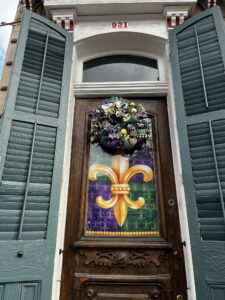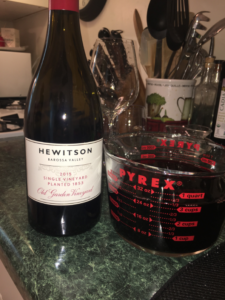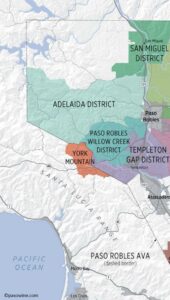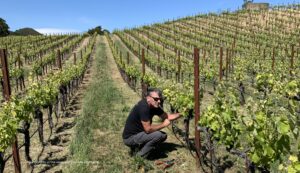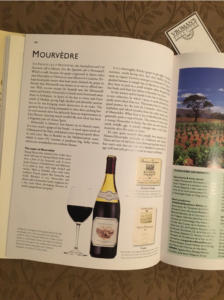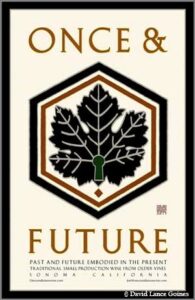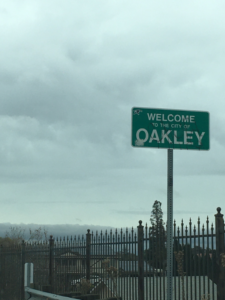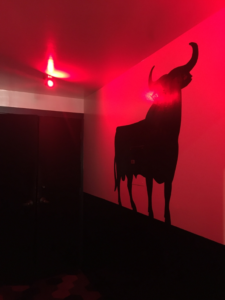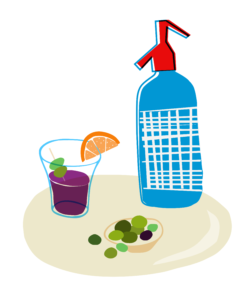THESE DAYS, FROM MOST CORNERS of the fermented beverages business, you hear a lot of commentary about—and against—the concept of Dry January. It’s something the wine writer Miquel Hudin described recently as a “miserable celebration of abstinence” that, when this year’s calendar rolled into February, got left behind “like the desiccated corpse that it is.”
I enjoyed the colorful language, though the sentiment struck me as a bit dark. Our industry seems lately to be caught in a grip of fear that skipping a month of wine, beer, or cocktails is the gateway to teetotaling for the eleven that follow, particularly when it comes to twenty- and thirty-somethings’ habits. But I’m not losing too much sleep over it, consumption data about imbibers younger than I am notwithstanding. Wine and other fermented beverages have been around forever; in modern times, the attendant ebbs and flows to their popularity are subject to the need to constantly grow the industry around their production. “There isn’t any great statistical evidence yet that young adults have altered their drinking habits on a grand scale,” health correspondent Amanda Mull wrote in The Atlantic in 2019. “Many Millennials,” she guessed, “might just be tired of drinking so much.”
Read More
